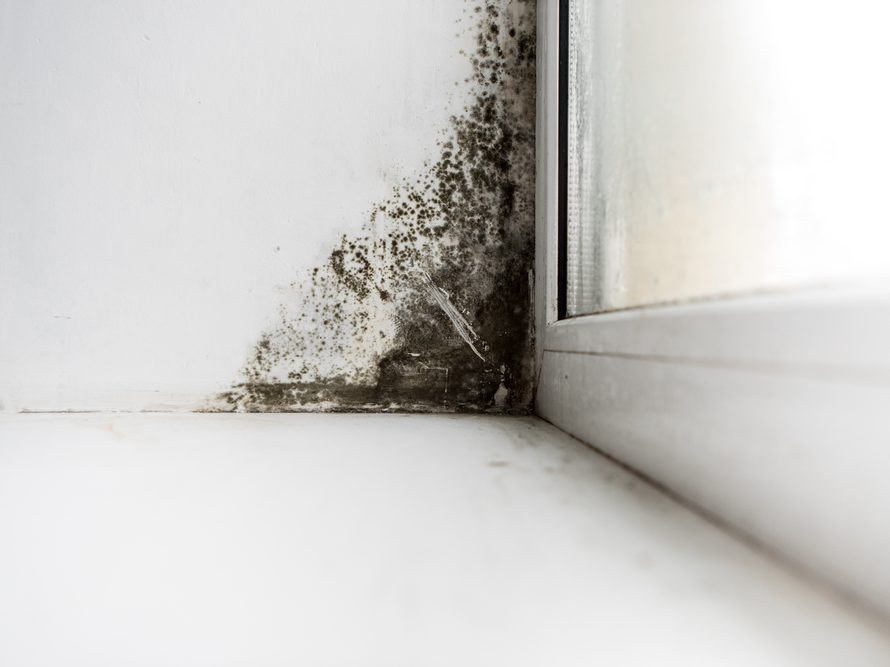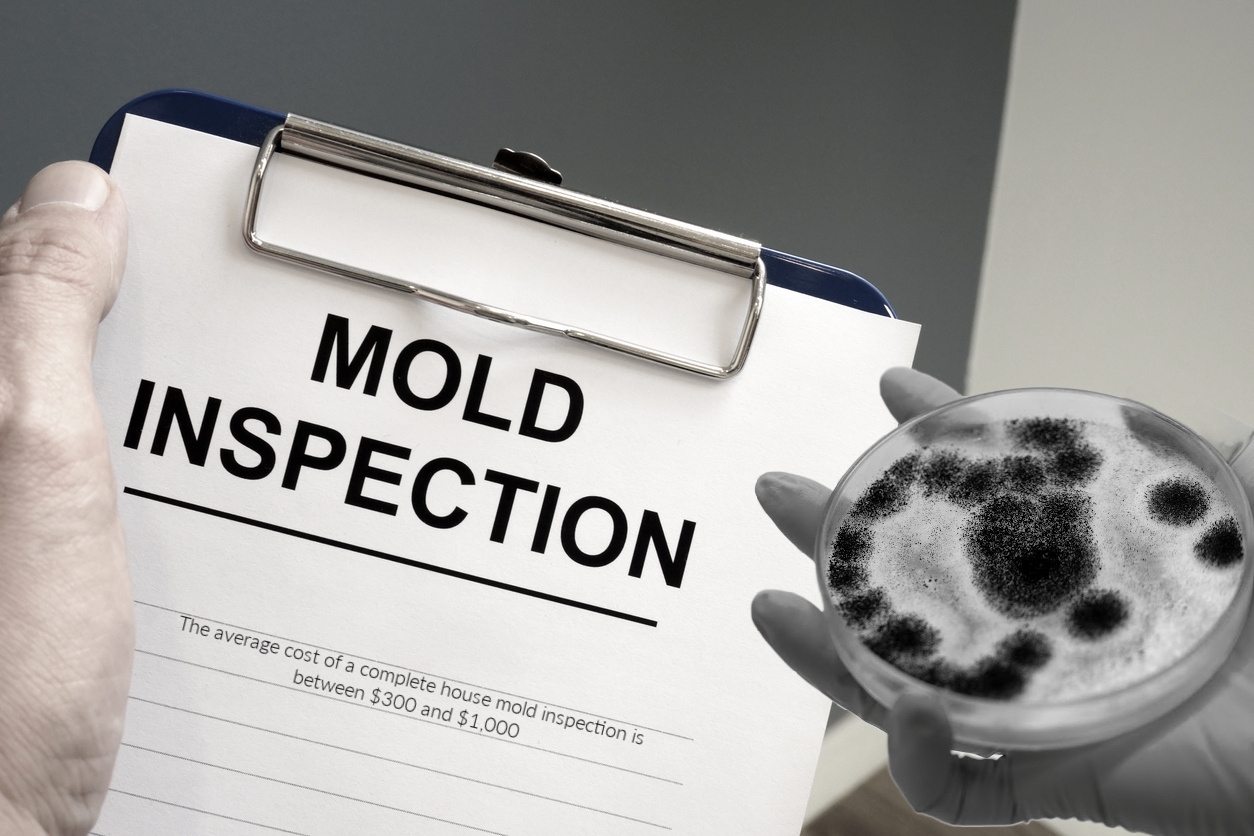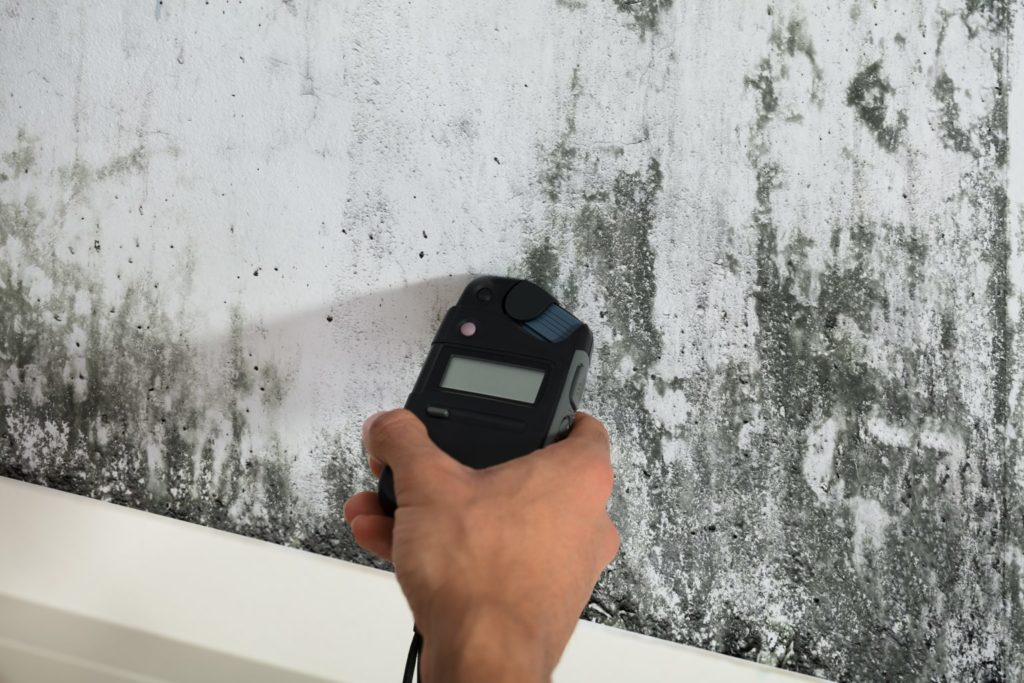Crafting an In-depth Post Mold Remediation Report
Your Ultimate Overview to Message Mold And Mildew Removal Strategies
Browsing the world of post-mold removal strategies is a meticulous procedure that requires interest to information and a detailed understanding of the ins and outs included. In the results of mold and mildew problem, recognizing how to effectively eliminate the mold and stop its reoccurrence is vital for keeping a healthy and balanced interior environment. From picking the ideal cleansing and decontaminating techniques to executing strategies for long-term mold and mildew prevention, each action in the removal journey plays a critical function in making sure a successful end result. As we start this expedition of post-mold remediation strategies, we will reveal the vital methods and best techniques that can assist you restore your room to its pre-mold condition and guard it against future mold threats.
Recognizing Post-Mold Removal Refine
After completing the mold removal procedure, it is crucial to understand the post-mold remediation strategies that are essential to make certain a comprehensive and effective cleaning. As soon as the mold and mildew has actually been removed, the next action entails cleansing and decontaminating the influenced locations to protect against any kind of regrowth of mold and mildew. This consists of utilizing specialized cleaning up agents to clean down surfaces and eliminate any kind of staying mold spores. It is necessary to dry out the location completely to discourage the development of mold and mildew in the future (Post Mold Remediation Report). Correct ventilation and dehumidification can help in this procedure.
Furthermore, conducting a final inspection post-remediation is vital to guarantee that all mold has actually been efficiently eradicated. If the assessment discloses any kind of remaining mold, additional remediation may be necessary.
Reliable Cleansing and Decontaminating Approaches

Preventing Future Mold Development

Significance of Correct Air Flow
Appropriate ventilation plays an essential duty in preventing dampness accumulation, a key aspect in mold and mildew development within interior settings. Effective air flow systems assist eliminate excess humidity from the air, lowering the possibilities of mold spores finding the moisture they need to spread out and germinate. Without adequate air flow, interior rooms can end up being a reproduction ground for mold, causing potential health risks and structural damages.
By ensuring proper air circulation, air flow systems can additionally assist in drying wet locations quicker after water damage or flooding events, additionally hindering mold growth. what to do after mold remediation. In areas like restrooms, cooking areas, attic rooms, and basements where dampness levels tend to be greater, installing and keeping effective air flow systems is vital in stopping mold infestations

Surveillance and Upkeep Tips
Given the important role that correct air flow plays in preventing mold development, it is critical to develop reliable surveillance and upkeep pointers to make sure the continued functionality of ventilation systems. Normal assessments of ventilation systems need to be performed to inspect for any kind of indicators of clogs, leaks, or malfunctions that might hamper appropriate air movement. Surveillance humidity levels within the building is likewise crucial, as high humidity can add to mold growth. Installing a hygrometer can help track humidity degrees and alert home owners to any kind of spikes that may require interest. In addition, making certain that air filters are consistently cleaned or changed is vital for keeping the efficiency of the air flow system. Implementing a schedule for routine upkeep jobs, such as duct cleansing and HVAC system evaluations, can assist prevent issues before they rise. By staying alert and aggressive to the condition of air flow systems, homeowner can web properly reduce the risk of mold and mildew regrowth and maintain a healthy and balanced indoor atmosphere.
Final Thought
To conclude, post-mold removal techniques are vital for making sure a risk-free and tidy setting. Understanding the process, implementing reliable cleansing and disinfecting approaches, preventing future mold and mildew development, maintaining appropriate ventilation, and routine tracking are all critical action in the remediation procedure. By complying with these standards, you can efficiently get rid of mold and mildew and stop its return, advertising a healthy and balanced living or functioning space for all occupants.
In the after-effects of mold and mildew problem, knowing just how to successfully remove the mold and mildew and avoid its reoccurrence is vital for maintaining a healthy interior environment. As soon as the mold and mildew has been removed, the next step involves cleansing and sanitizing the influenced areas to stop any type of regrowth of mold - Post Mold Remediation. After check it out getting rid of visible mold growth, it is crucial to clean all surfaces in the affected location to eliminate any type of continuing to be mold and mildew spores. To additionally boost mold and mildew avoidance measures, it is important to attend to underlying concerns that initially led to mold development.Given the important function that correct ventilation plays in protecting against mold and mildew development, it is essential to develop effective surveillance and upkeep ideas to make sure the continued performance of ventilation systems